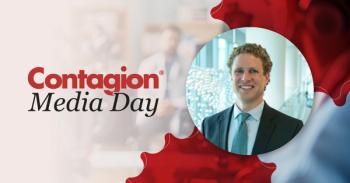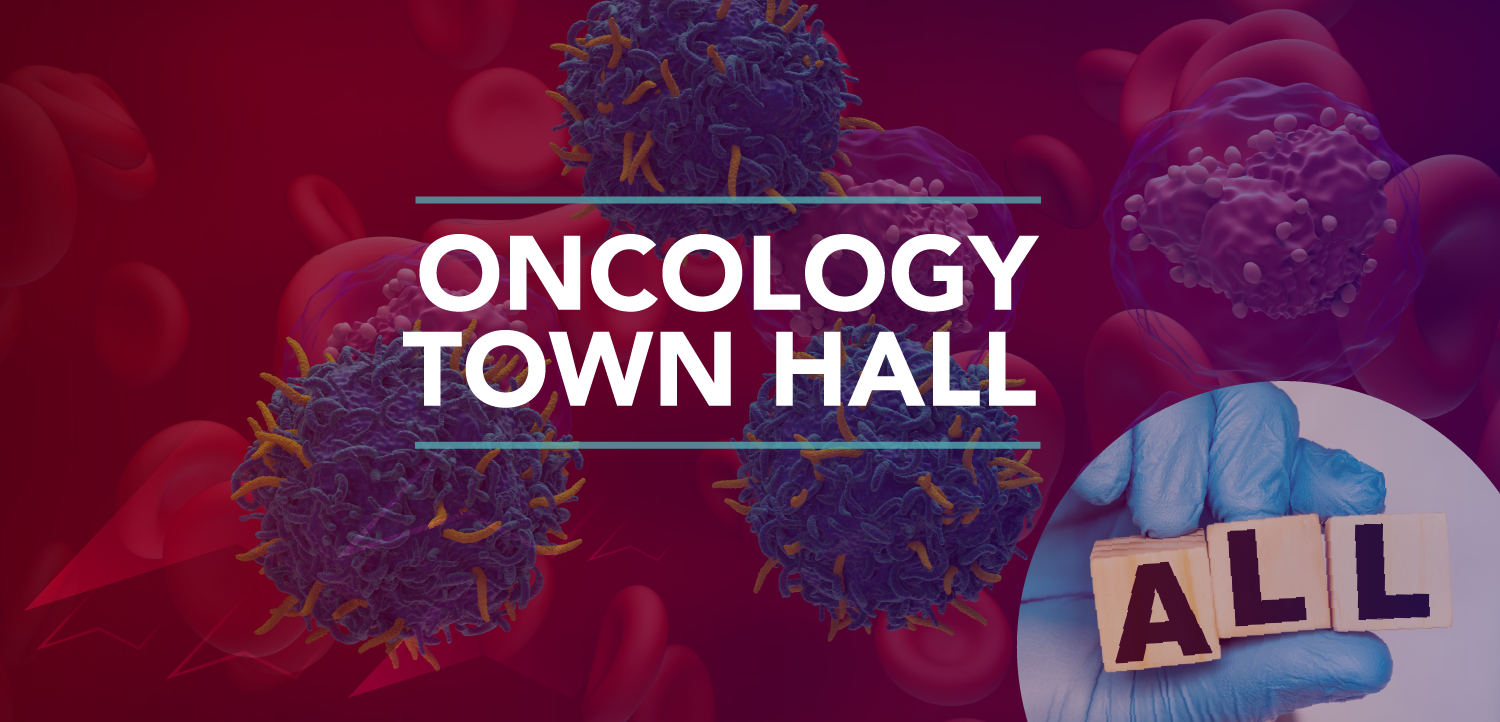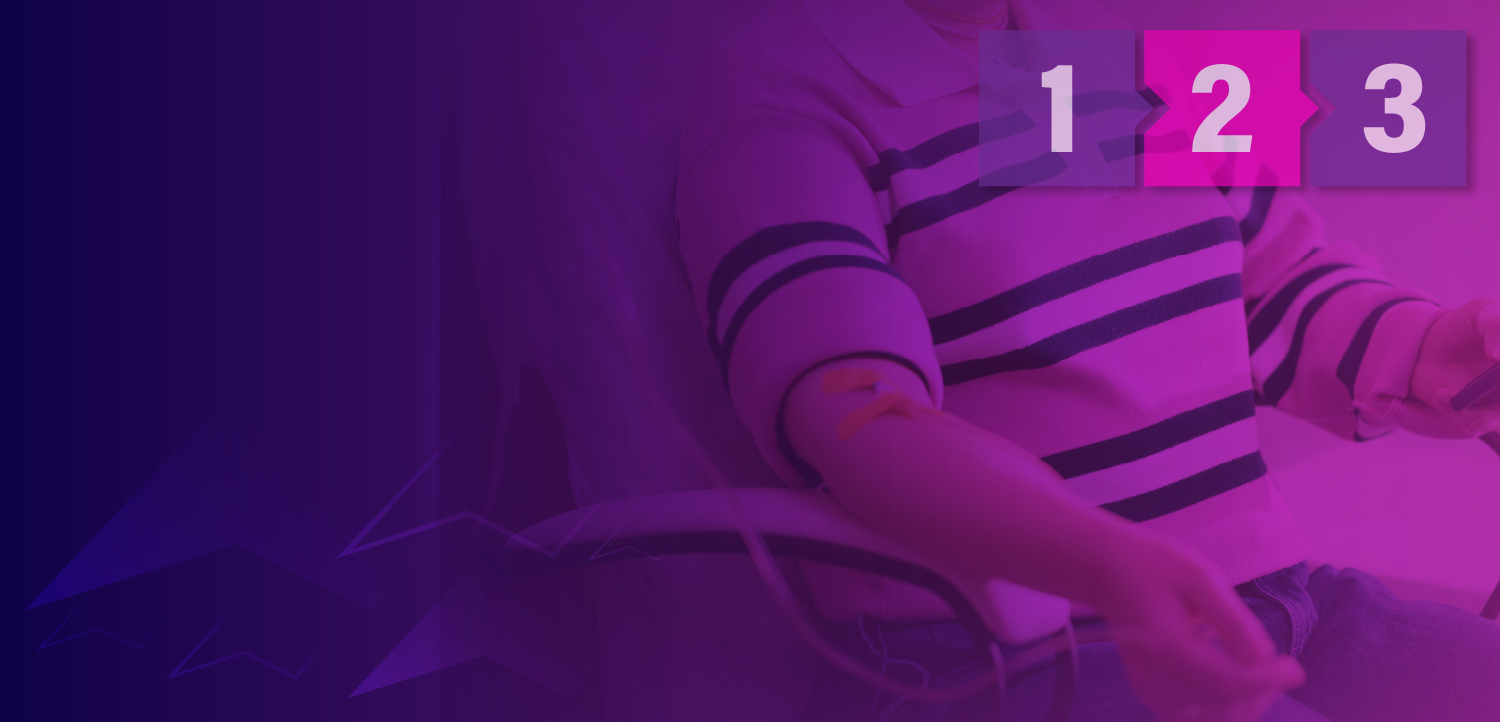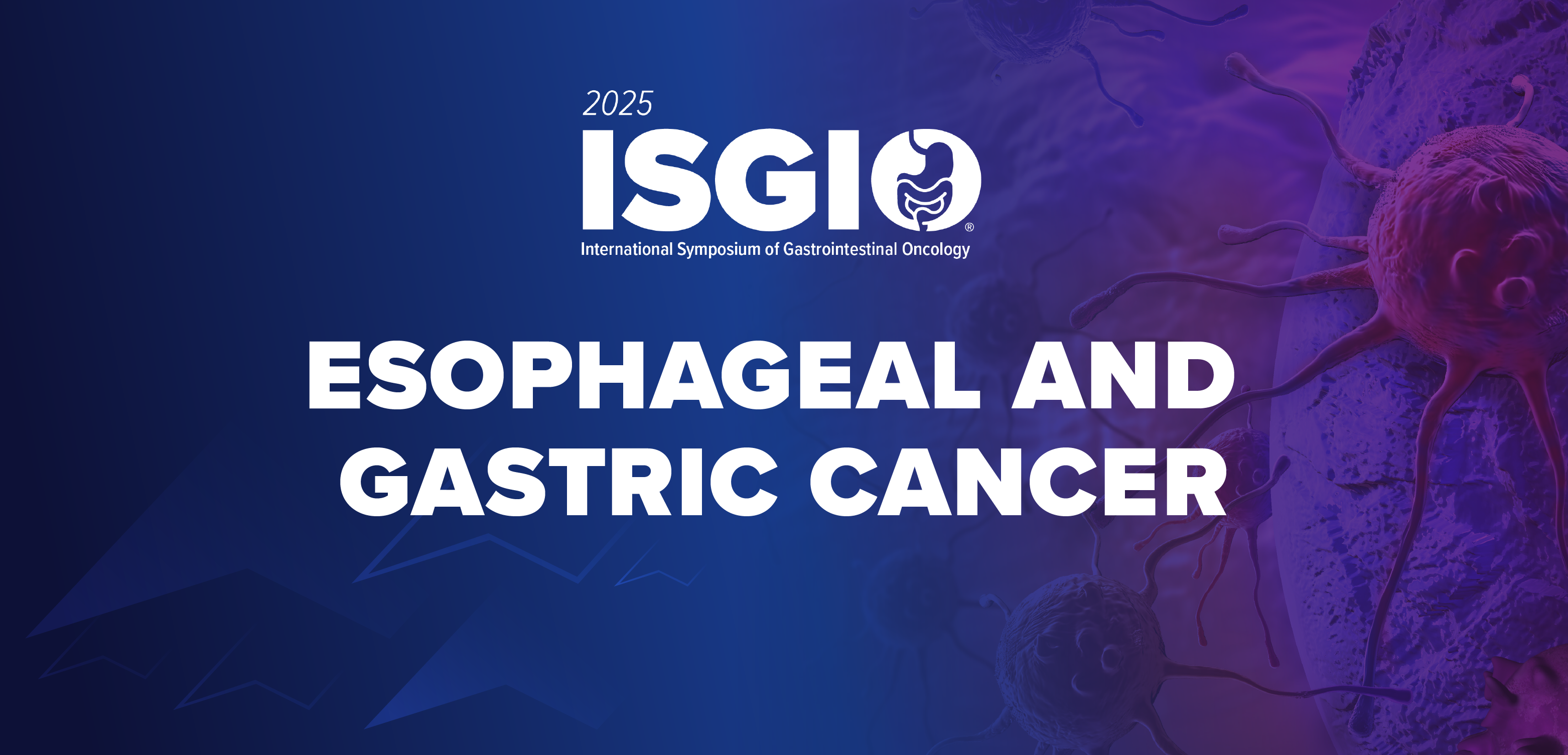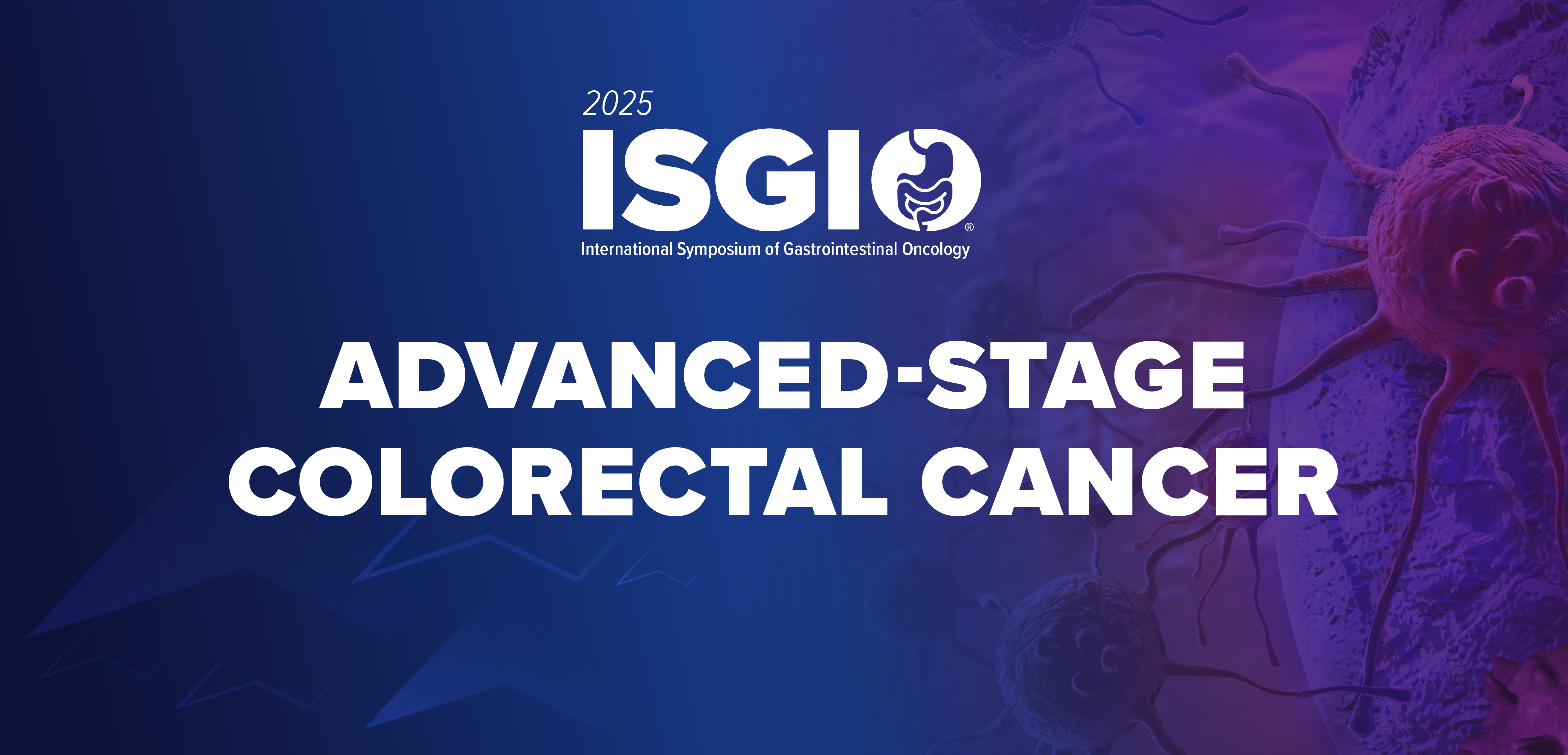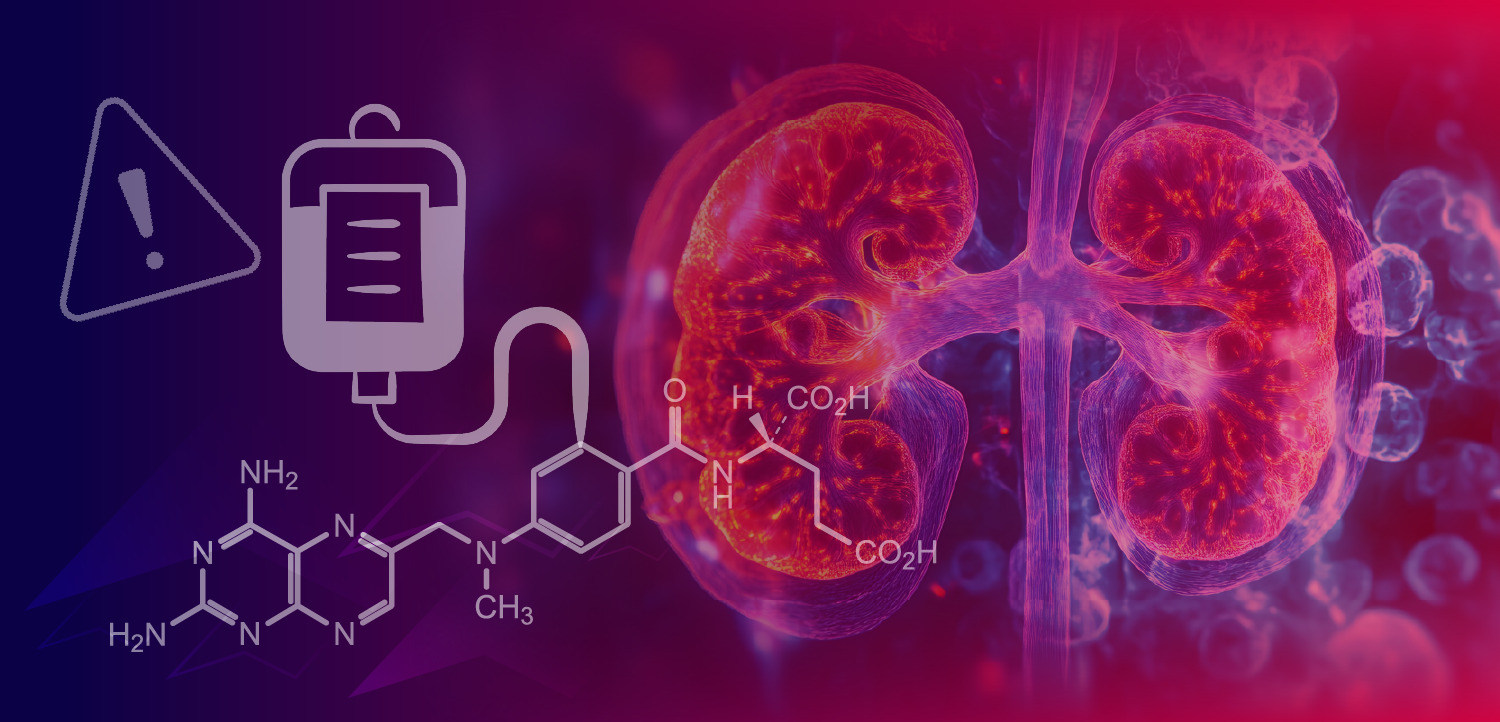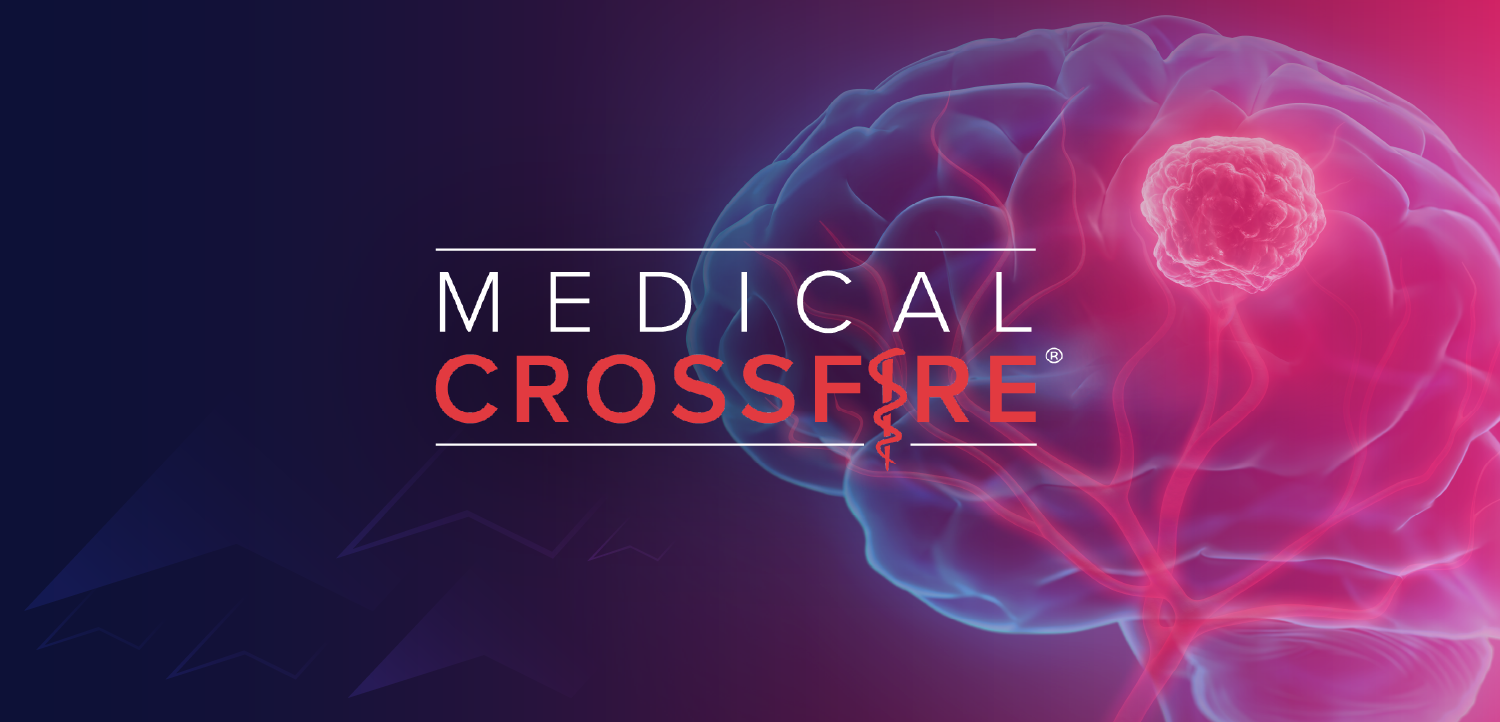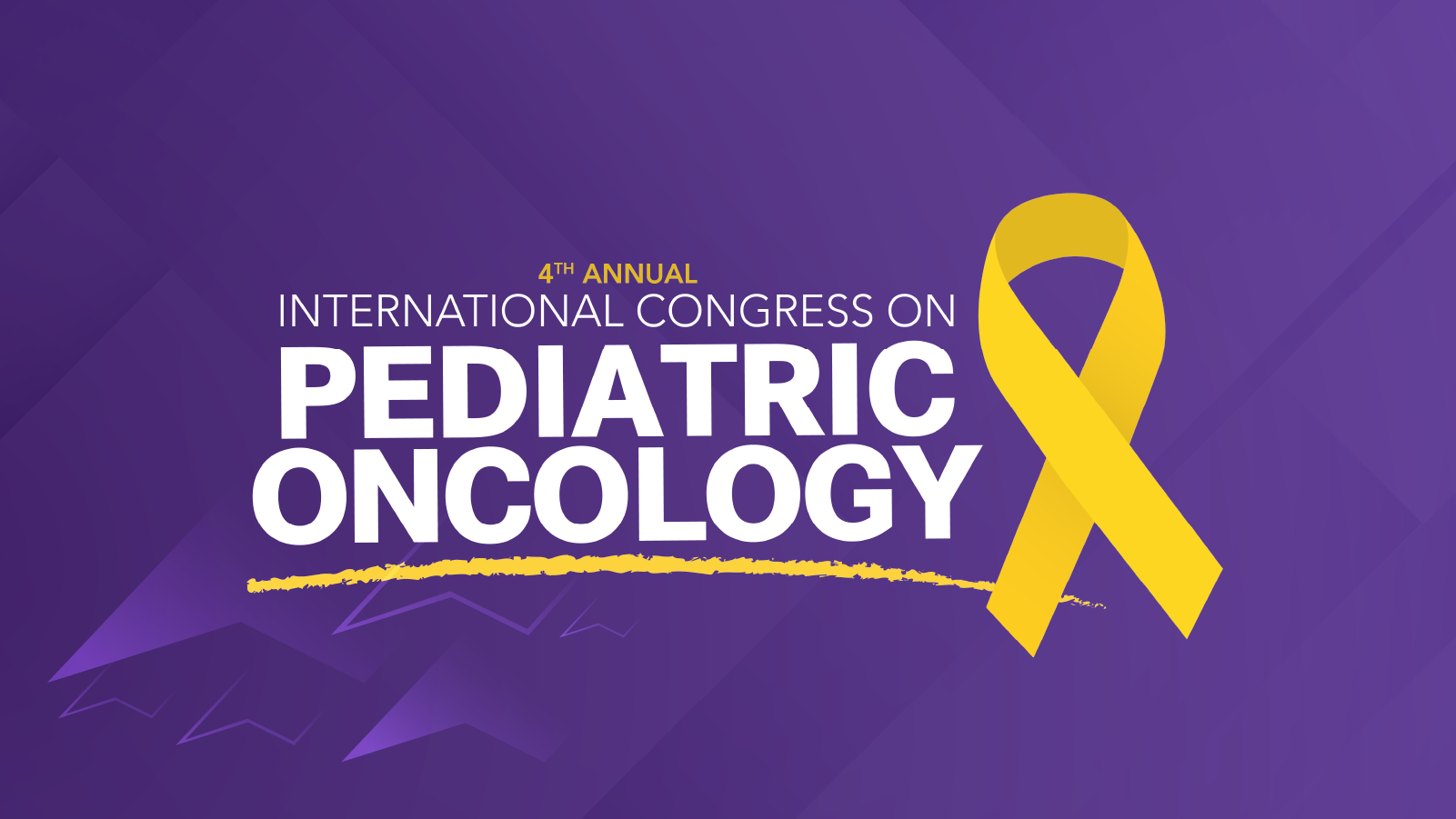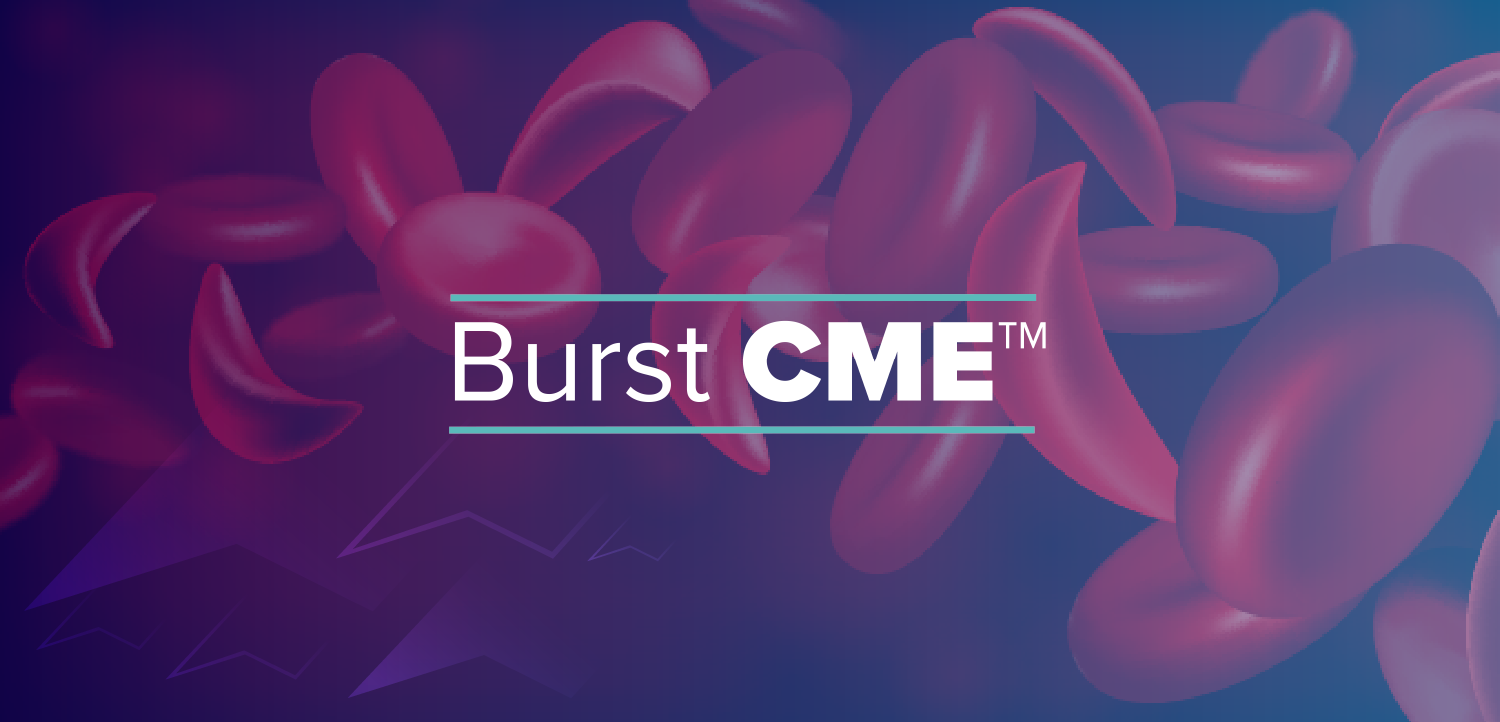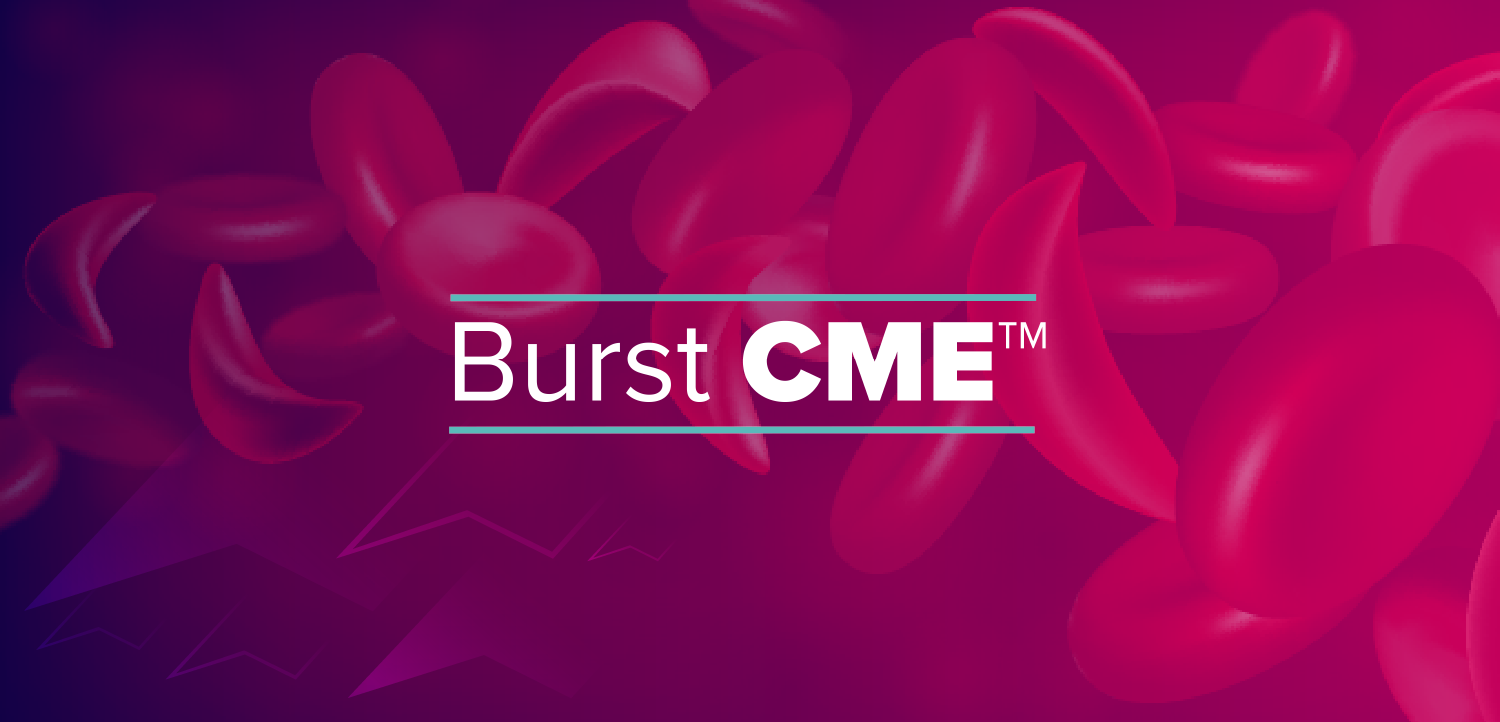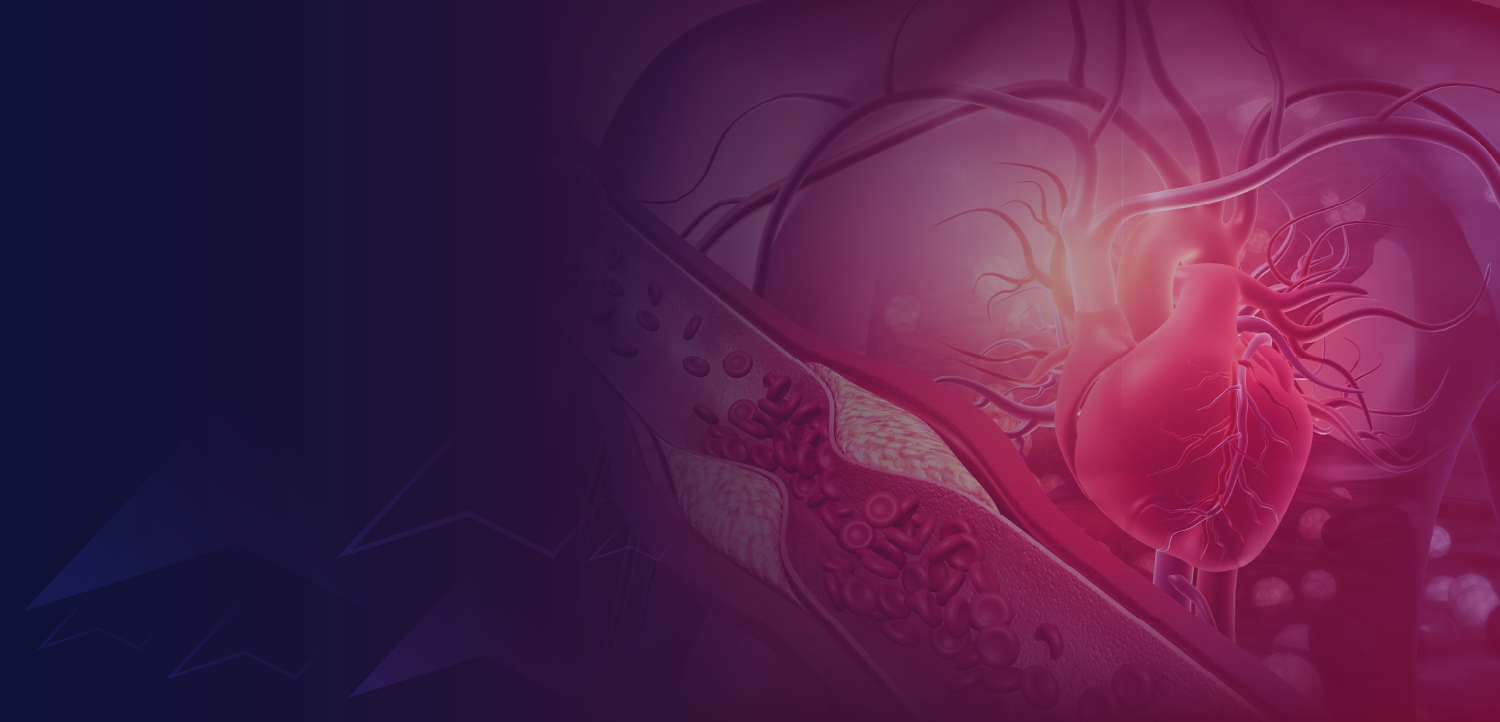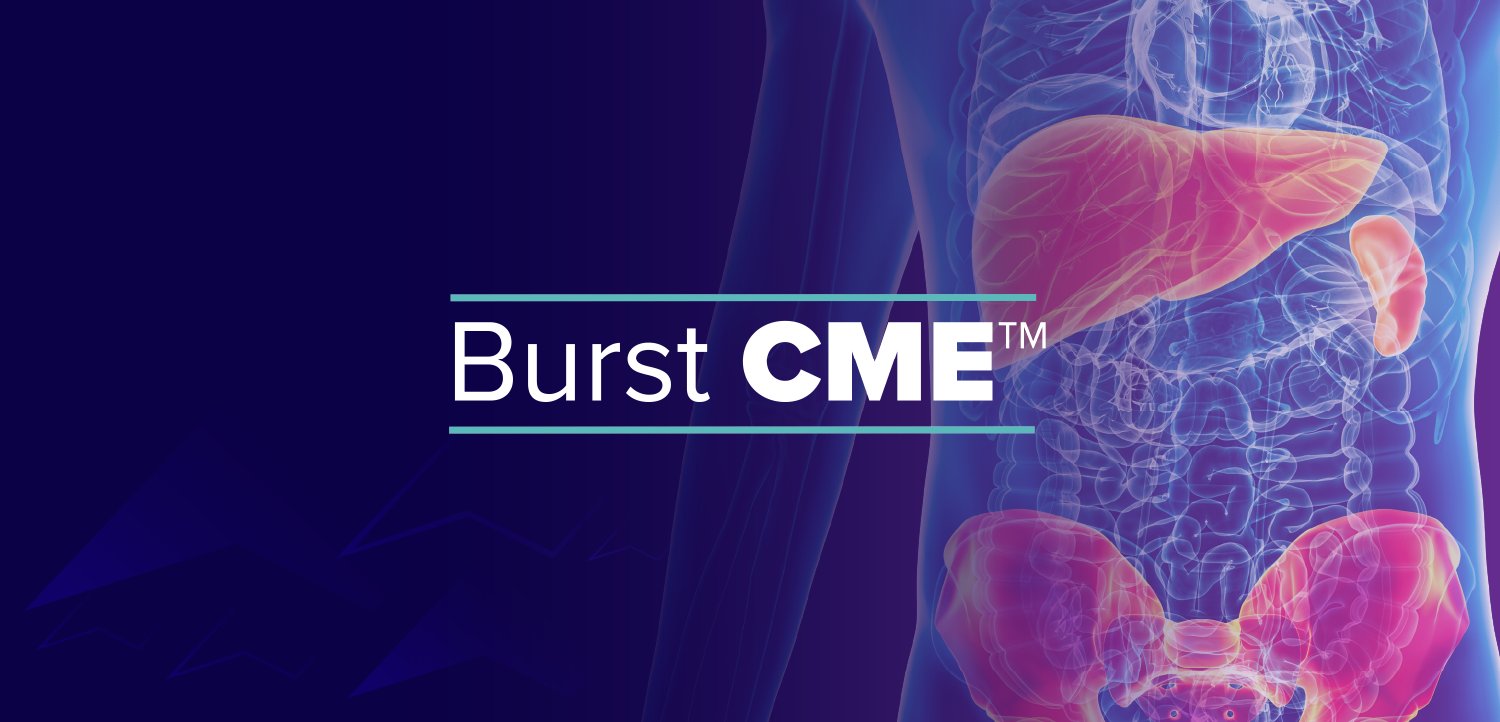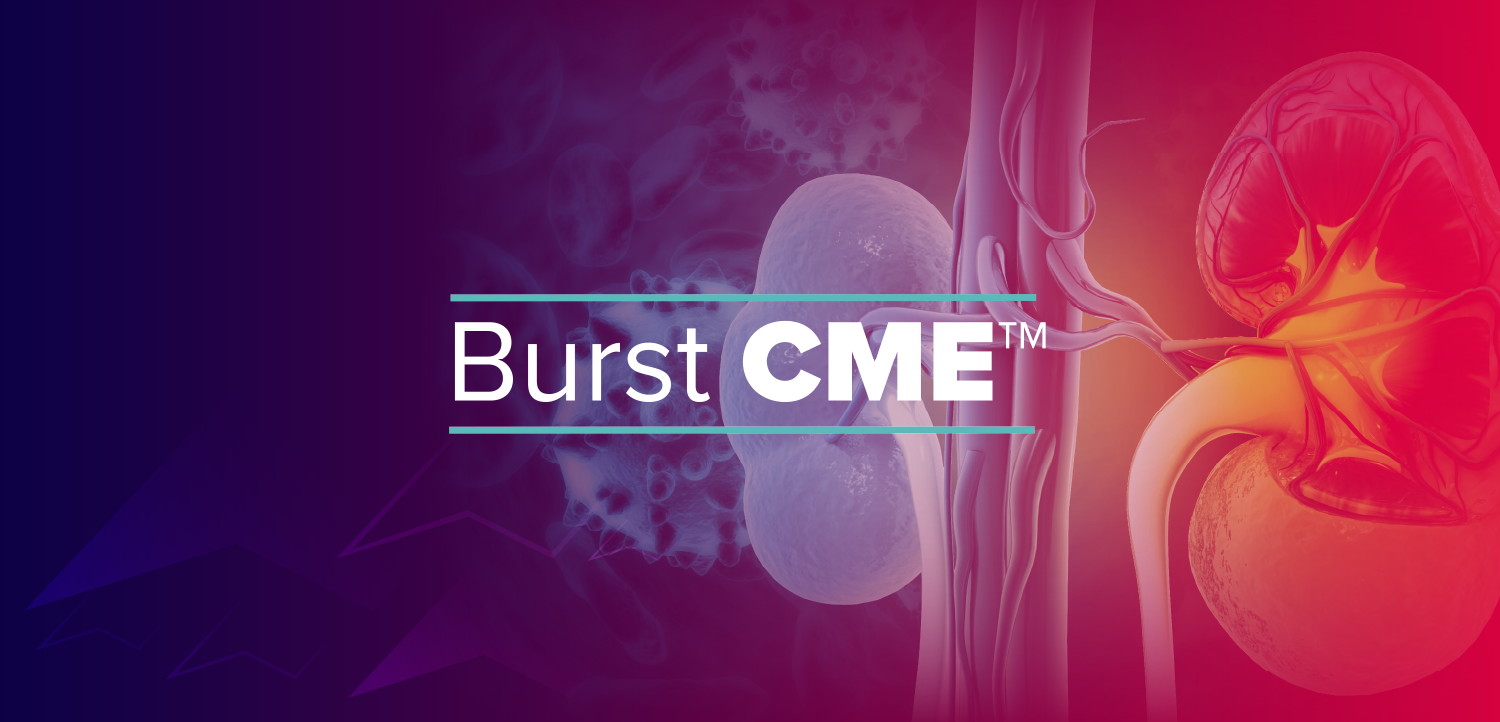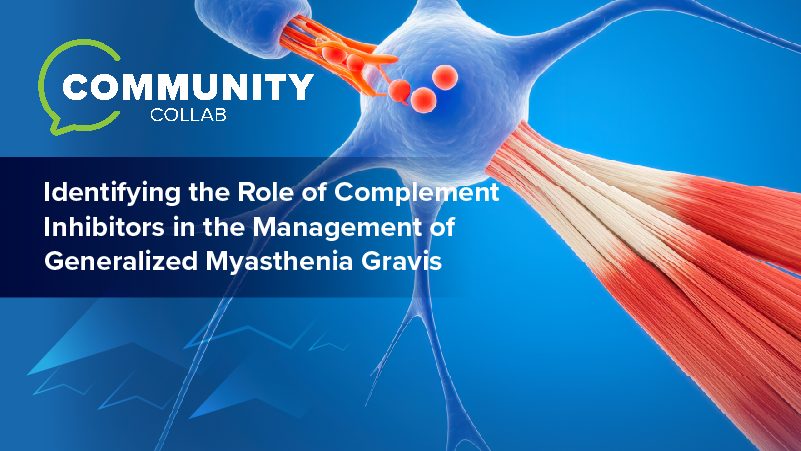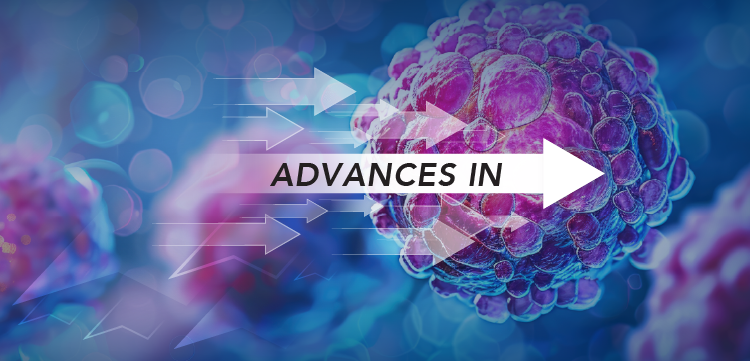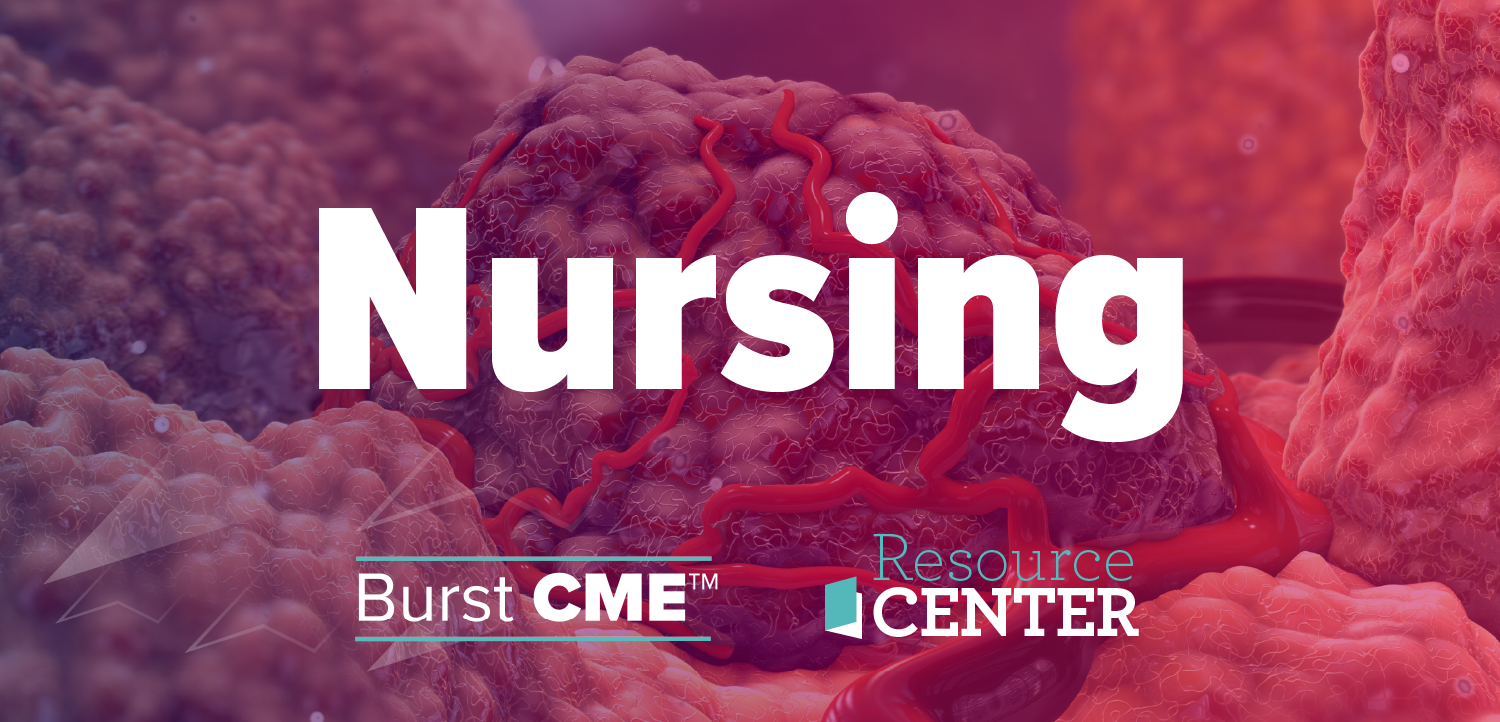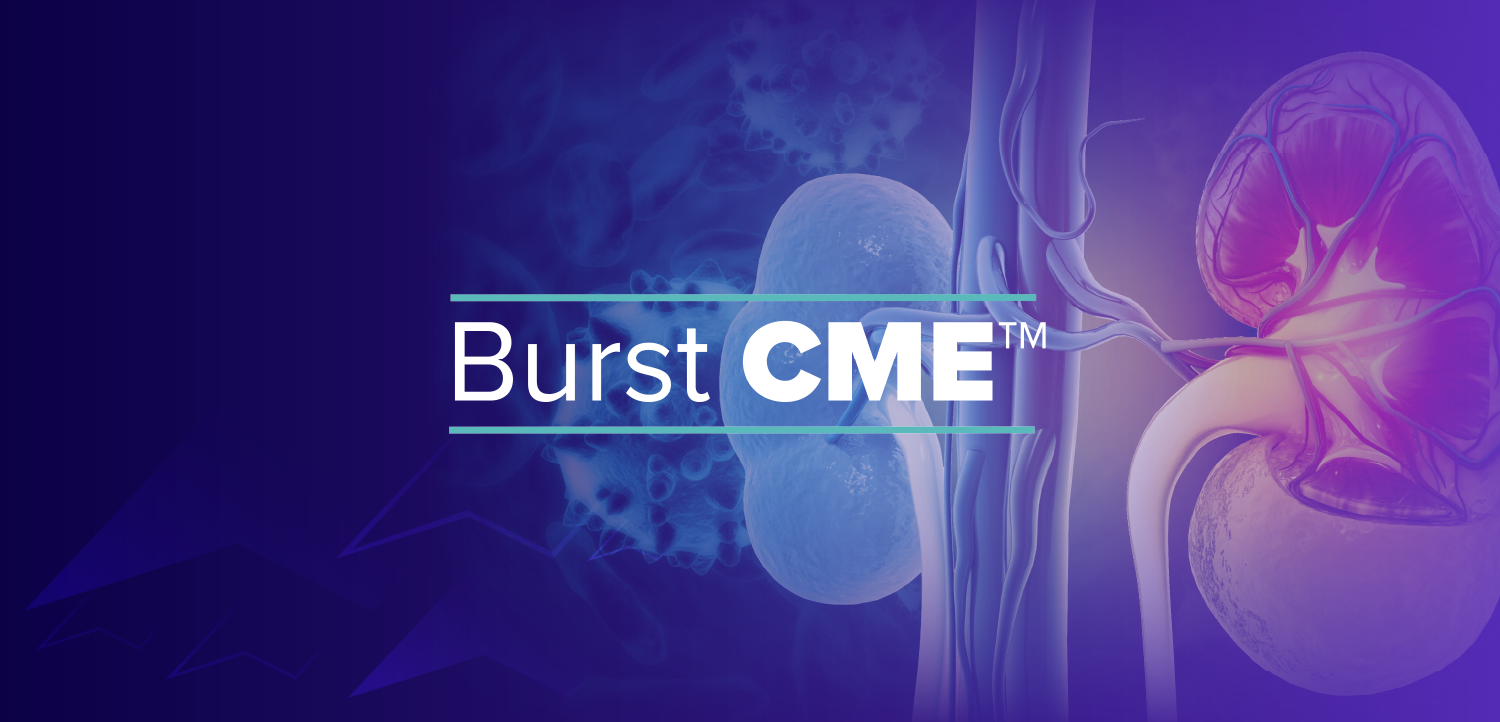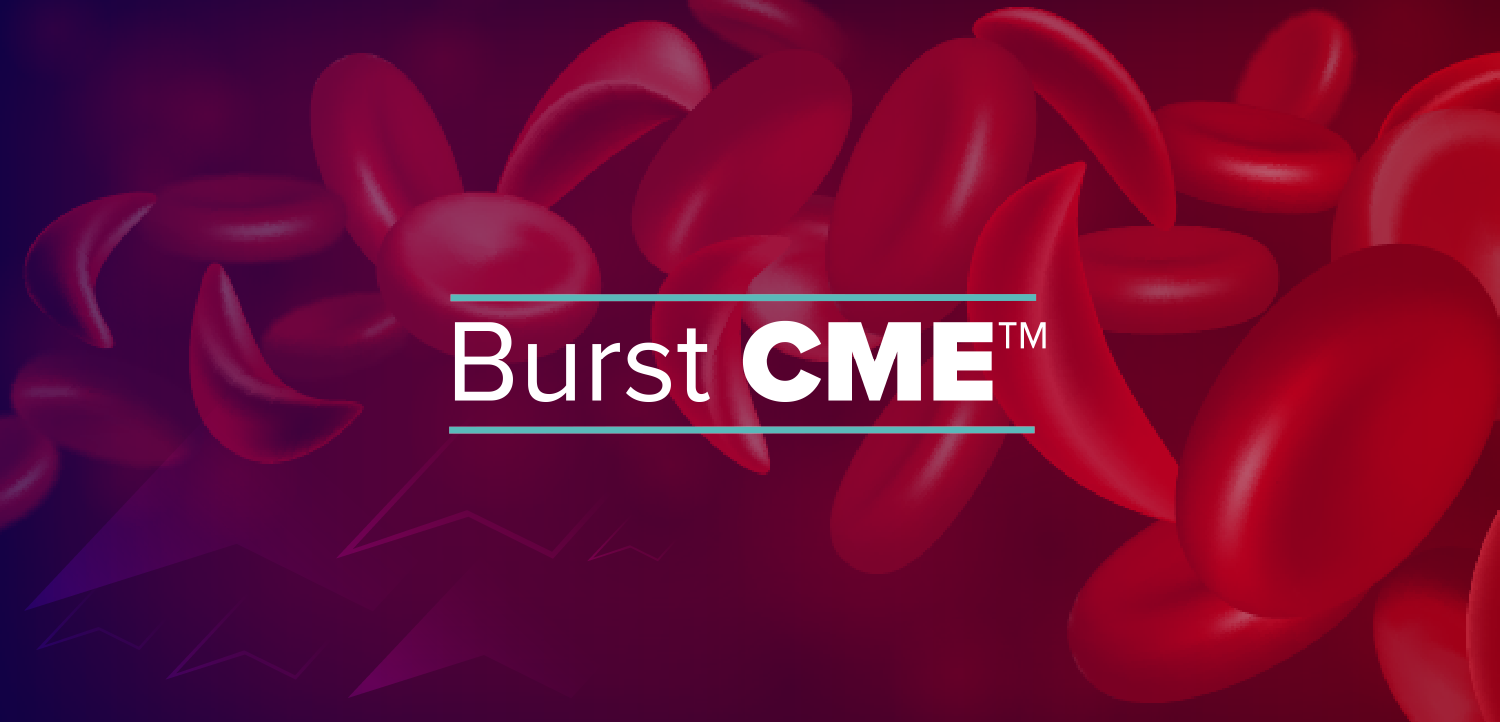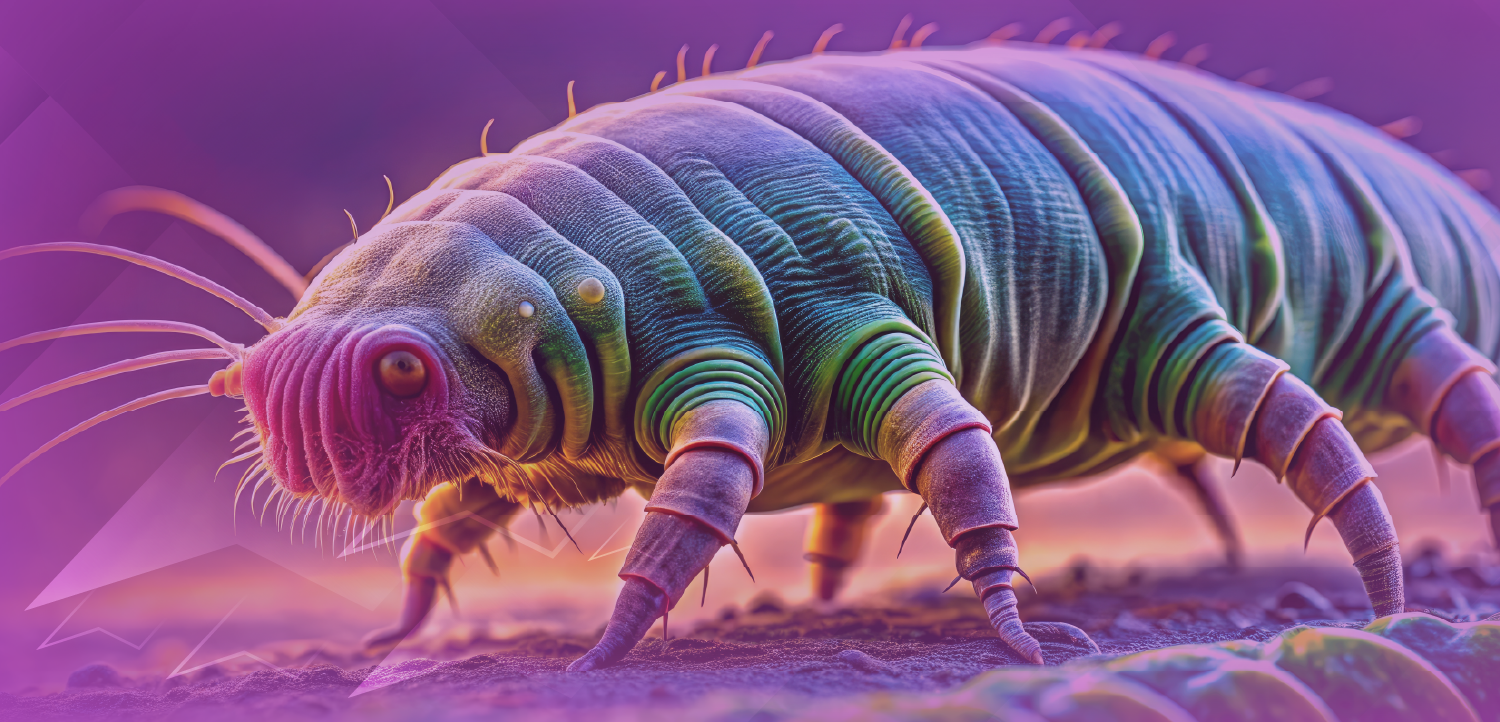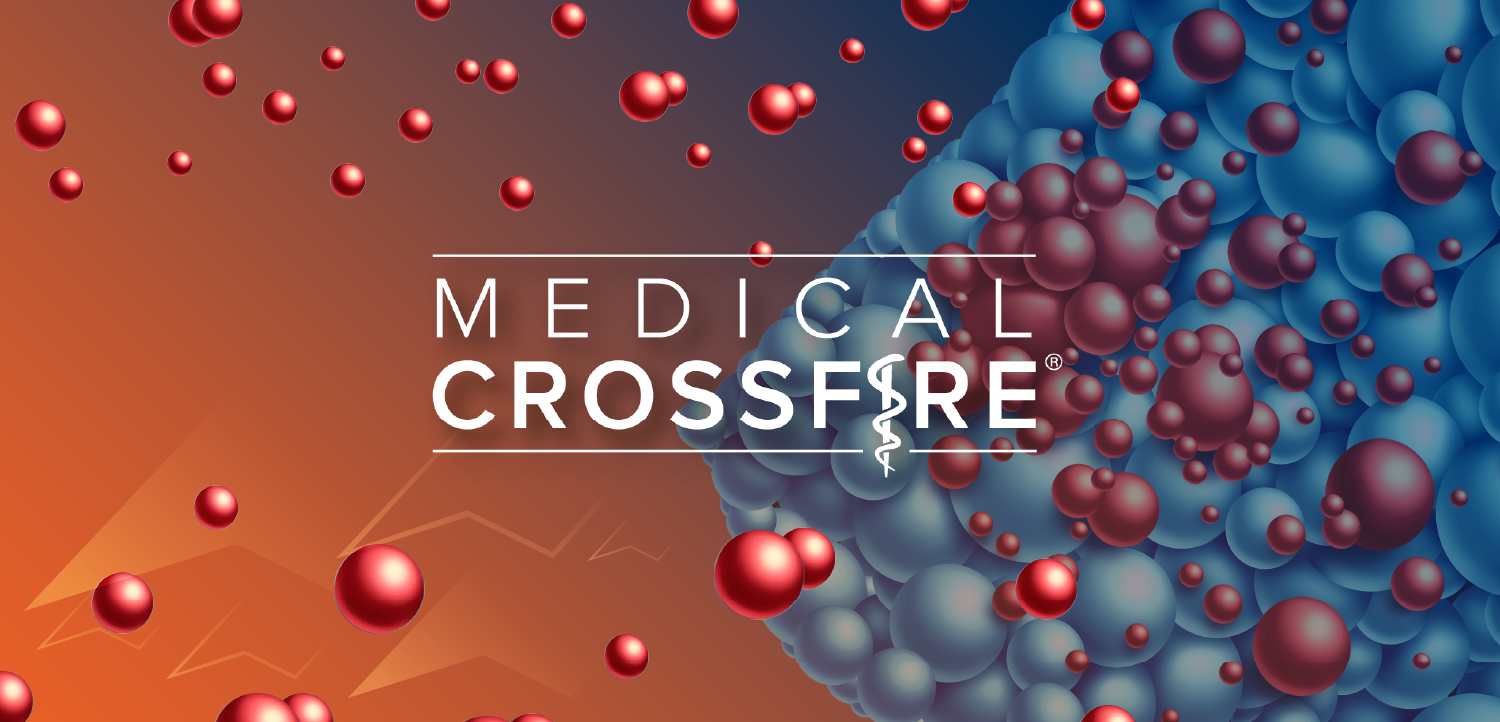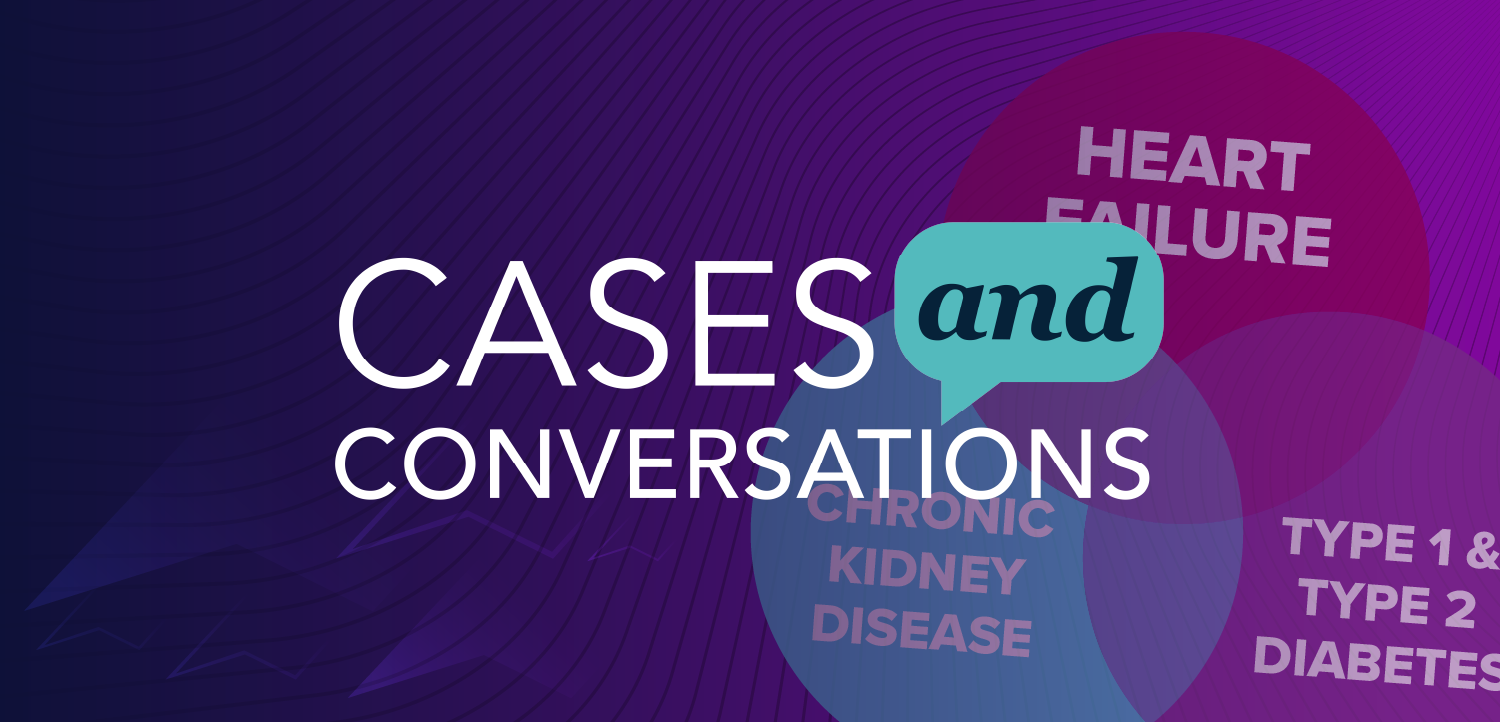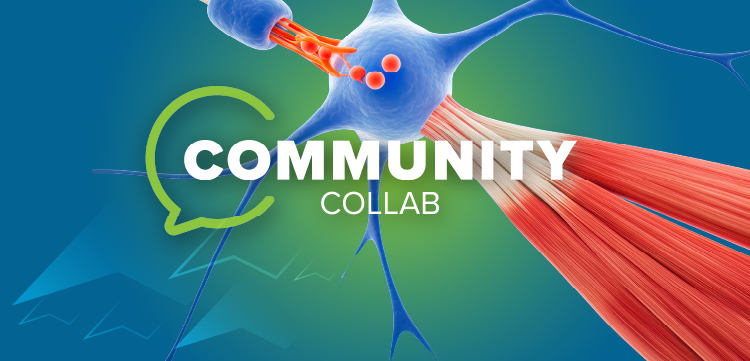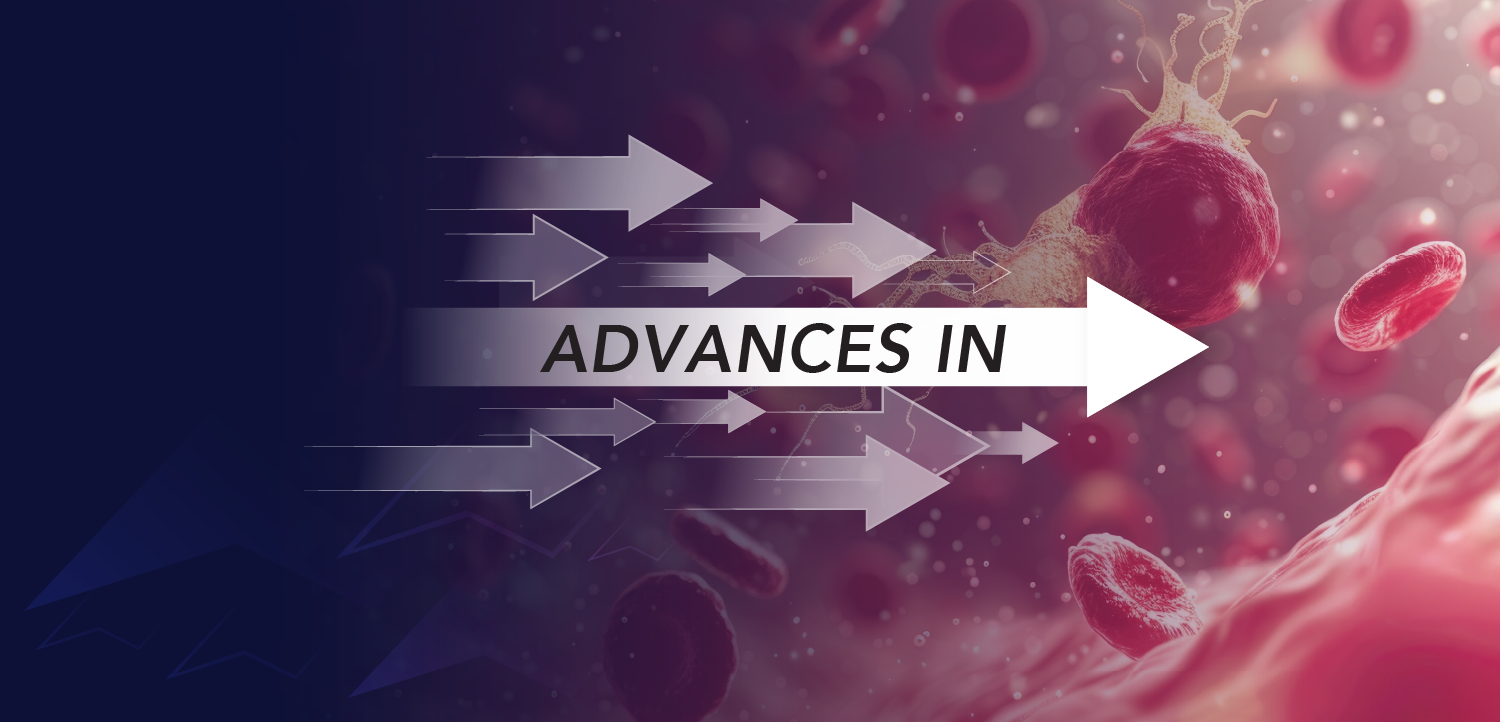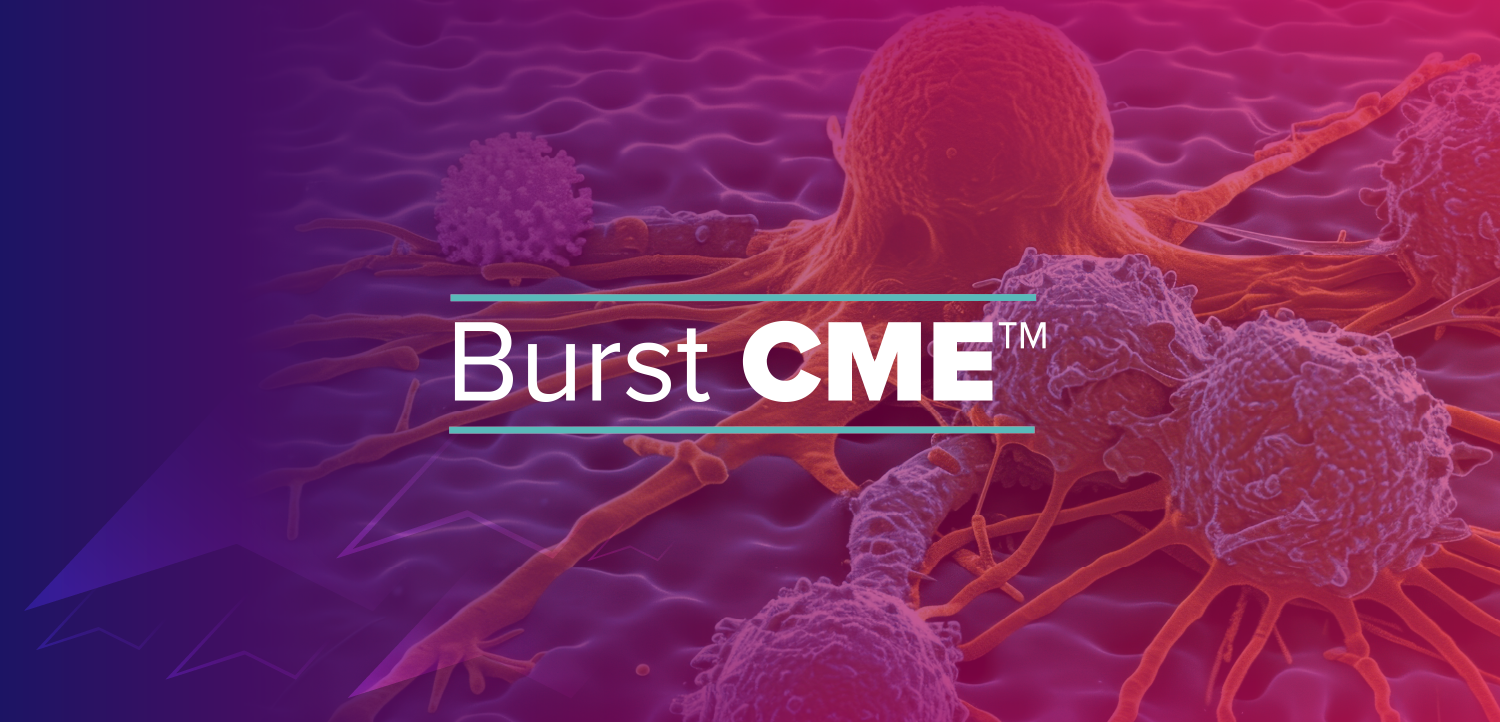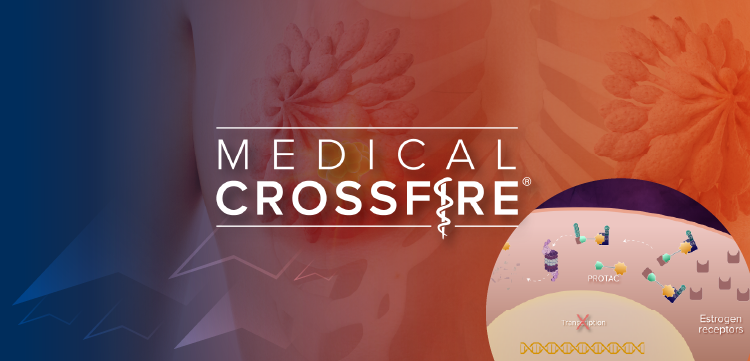
Bayer Evaluating Pediatric Treatment for Chagas Disease
The pharmaceutical giant, Bayer, began enrolling participants in a Phase III clinical trial in January 2016 with hopes to find appropriate dosing of Nifurtimoxin for children and newborns.
Individuals living in the poorest conditions throughout the Americas are often faced with squalor and diseases that impact them in unimaginable ways. On the heels of a recent announcement from major pharmaceutical company, Bayer, however, hope for one such disease may be on the horizon.
In a
Chagas disease, also known as American trypanosomiasis, is exclusively found in the Americas, and is endemic in Mexico, Central America, and South America. The potentially deadly disease is caused by a parasite, Trypanosoma cruzi, and is transmitted to humans from insect vectors. According to the Centers for Disease Control and Prevention (
Due to the fact that the infection is often congenital, infants and children represent the majority of the infected population. As such, “treatment of women of child-bearing age and children is an effective tool in combating the spread of disease.”
The Phase III clinical trial is entitled the CHICO study, or, “CHagas disease In Children treated with NifurtimOx." It is a “prospective historically controlled study to evaluate the efficacy, safety and pharmacokinetics of Nifurtimox in children (up to the age of 17) with Chagas disease.” Since January 2016, a total of 390 pediatric patients have been enrolled in the study, which will take place in 25 locations in three countries: Argentina, Colombia, and Bolivia.
The two-arm study features 30- and 60-day treatment cycles which will be compared with an historical untreated control. The researchers will attempt to develop “an appropriate, weight-adjusted dose of Nifurtimox for newborns and children using fast-disintegrating 30mg and 120mg tablets that can be divided for weight-adjusted dosing in all age groups.”
Once the study is successfully completed, “Bayer plans to register Nifurtimox both in disease-endemic and in non-endemic countries with disease burden.”
Newsletter
Stay ahead of emerging infectious disease threats with expert insights and breaking research. Subscribe now to get updates delivered straight to your inbox.


